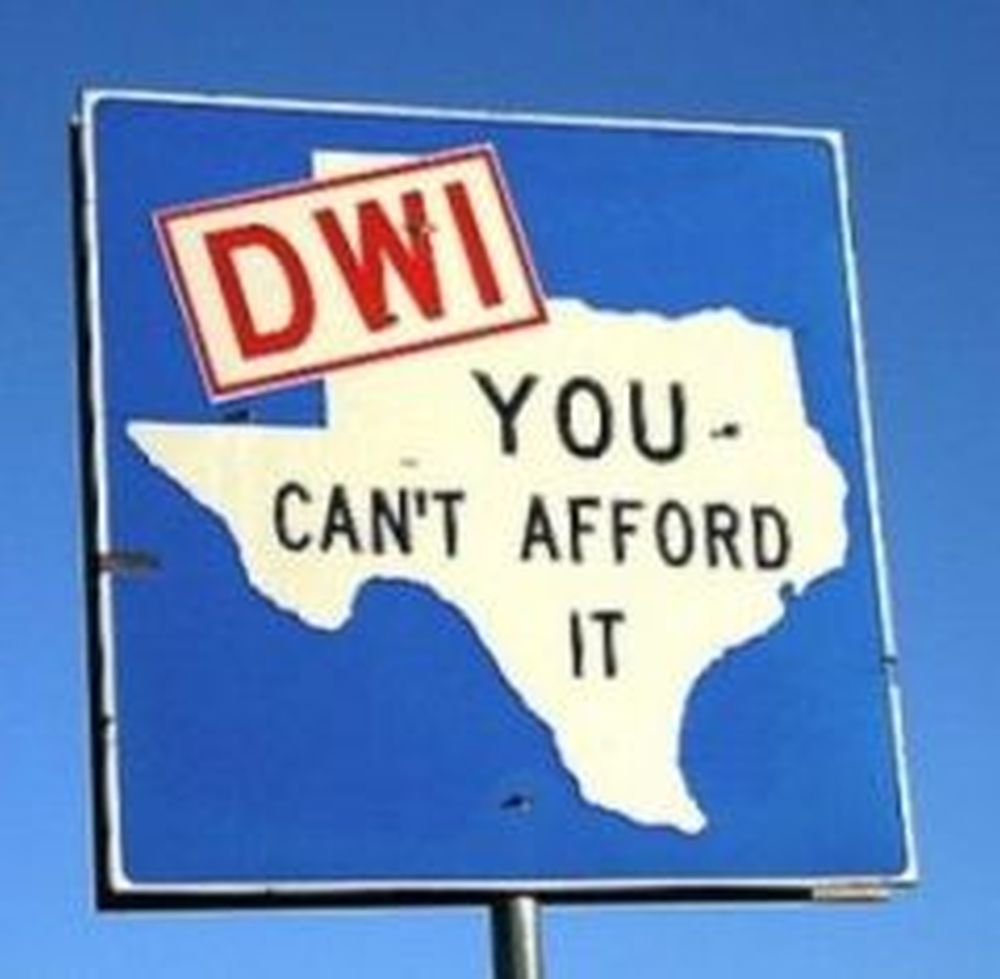If you own multiple vehicles and have a history of driving infractions, considering high-risk insurance is vital. It not only guarantees you stay compliant with state regulations but also provides essential coverage. While insuring several vehicles can be costly, exploring competitive rates and bundling options may yield significant savings. Additionally, managing multiple vehicles under one policy streamlines your insurance experience. But what factors should you weigh when selecting the right coverage?
When you own multiple vehicles and have a history of driving infractions or accidents, securing high-risk insurance becomes fundamental for maintaining legal driving status. High-risk insurance is a non-standard auto insurance policy tailored for drivers like you, who may have DUIs, multiple accidents, or a poor credit history. Due to the perceived increased risk, these policies typically come with higher premiums than standard insurance options. Understanding the nuances of high-risk insurance for multiple vehicles can help you navigate the challenges and legal requirements effectively.
Your driving history plays a significant role in determining your high-risk status. Accumulating multiple accidents or tickets can greatly impact your eligibility for standard insurance. Additionally, the type of vehicles you insure matters; high-performance cars or luxury vehicles generally attract higher premiums. Poor credit can also contribute to a higher likelihood of claims, making it a factor insurers consider when evaluating your risk profile. Some states treat credit scores differently, so it's important to understand how your location affects your insurance options. A high-risk driver classification can stem from multiple offenses or circumstances, emphasizing the need for tailored insurance solutions.
Opting for high-risk insurance isn't just about fulfilling a requirement; it also provides extensive coverage, similar to standard policies. This protection is crucial for legally maintaining your driving status after certain offenses. Furthermore, many high-risk insurance providers, such as The General and SafeAuto, specialize in offering flexible payment plans, which can ease the financial burden of higher premiums. By completing defensive driving courses, you might even qualify for discounts, helping to offset some of these increased costs.
While the premiums for high-risk insurance can be intimidating, it's advisable to compare rates among various insurers. Since high-risk drivers typically pay more, shopping around can lead to finding a more affordable option. Consider higher deductibles as a way to lower your monthly payments; however, be sure you can manage the increased out-of-pocket expenses should you need to file a claim. Insuring multiple vehicles under high-risk status may compound costs, so it's important to budget accordingly.
Choosing the right coverage options also affects your overall costs. You might need to weigh the benefits of liability-only coverage against full coverage, particularly if some of your vehicles are older or less expensive. Bundling insurance policies for multiple vehicles can provide additional savings, as can accurately listing all drivers on your policies to avoid complications. Remember, the usage of your vehicles can influence rates; low-mileage vehicles often qualify for better premiums.
Lastly, specific requirements like SR-22 or FR-44 filings may be necessary depending on your state's regulations and the severity of your infractions. These documents prove financial responsibility and are closely monitored by law enforcement. Fulfilling these requirements guarantees you stay compliant with state mandates while also providing you with the necessary coverage to protect yourself and your assets.
Conclusion
In today's fast-paced world, considering high-risk insurance for multiple vehicles is a smart move. It not only provides essential coverage to keep you legal but also simplifies policy management. By bundling your vehicles, you can often secure better rates and save money in the long run. Remember, driving with a checkered past doesn't have to hinder your road ahead; adequate protection can pave the way for a safer driving future. So, don't wait—get started today!

